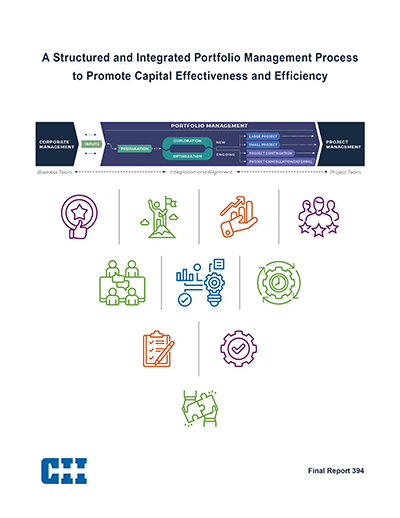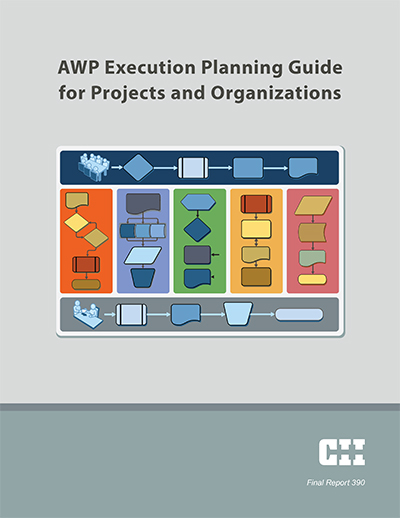
Japanese, Korean, and U.S. Construction Industries
The history of the Japanese construction industry is remarkable in its development over the last century, as it experienced steady growth during the years following the start of the Meiji restoration period. During World Wars I and II, the industry came to a standstill, but since 1945 has grown rapidly due to heavy investment by the government, private enterprise, and the United States as part of the restoration process.
The construction process in Japan is similar to that in the United States. All the larger general contracting companies have design-construct capabilities. The greater proportion of contractors, however, are subcontractors or specialist contractors. Sub-contractors or specialist contractors are limited to areas called prefectures (or counties), whereas general contractors can obtain a license to work throughout the country. The Japanese company system is based on the group, not the individual as in the United States. This creates loyalty among Japanese workers toward their companies and results in work surpassing that of their U.S. counterparts. Furthermore, the Japanese contracting system relies much more on trust, a phenomenon illustrated by a lower ratio of lawyers per capita. This system, however, is unique to Japan and the Japanese culture and may not be transferable to Western environments.
There are a few aspects of particular interest concerning the Japanese construction industry. First is the Japanese outlook on domestic and international markets. Japan is currently experiencing a contraction of its economy due to the strong yen. However, the domestic construction market remains buoyant due to three influences: (1) stimulus of construction activity by the government; (2) the relative low reliance on overseas contracts; and (3) diversification into development by Japanese contractors. The impact of reduced international construction activity has been less on Japanese contractors than on U.S. contractors. Japan is, however, quickly entering overseas markets. Kumagai-Gumi, the sixth largest Japanese company, is pursuing a strategy of entering the Australian market initially as a developer with the objective of becoming a contractor. In contrast, it is difficult for outside contractors to enter the Japanese domestic market. The Japanese are also increasing their investment in the United States in manufacturing, as well as real estate and research.
A second interesting aspect of the Japanese construction industry concerns its labor force. Contrary to the generally high level of productivity in Japanese industry, the productivity of construction labor is low compared to other countries. The work force is aging due to a lack of interest by younger workers in entering the industry as well as Westernization of the young, who are not prepared to follow the traditional seniority system to gain advancement. The Japanese construction industry labor force follows the general cultural attitude towards the lifetime employment system of which the essence is recruitment of new graduates each year, training them, and assuring continuous employment till retirement. This unique system is also changing, however.
A third aspect is the difference in management styles between the United States and Japan. The Japanese style emphasizes group decision making and consensus, with a bottom-up power structure. The American style is directed towards the individual achiever and has a clear top-down power structure. Decisions in Japan take longer; the U.S. style facilitates decisiveness.
Finally, during the last few decades, the Japanese construction companies have invested heavily in research and development. Initially, research and development (R&D) was to enhance the restructuring of Japan after World War II. Later it served in a troubleshooting role and laid the foundation for long-term investment, putting the Japanese at the leading edge in many areas. In the United States, construction problems are mainly solved at the site level, whereas Japanese companies use their research facilities in a direct support role to cope with construction problems. They also set long-term objectives to develop expertise in areas which they feel they can benefit from later. A good example is the automation of construction equipment in which Japanese contractors now lead the world.
The bottom line is selecting the strategy the U.S. construction industry should adopt in matching Japanese supremacy. The United States still holds the edge in construction management—this must be retained by continued research and development. Secondly, we must regain leadership in vital technologies such as automation of construction equipment and techniques.
The construction industry in Korea is also discussed. Due to its dependency on the Middle East market, which has dropped significantly the last few years, and on its shortage of skilled engineers, Korea is not likely to become a major power in construction in the near future, except for its low-bid capability in the competitive market.
- Stimulus of construction activity by the government
- The relative low reliance on overseas contracts
- Diversification into development by Japanese contractors



